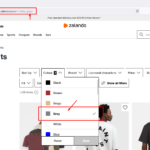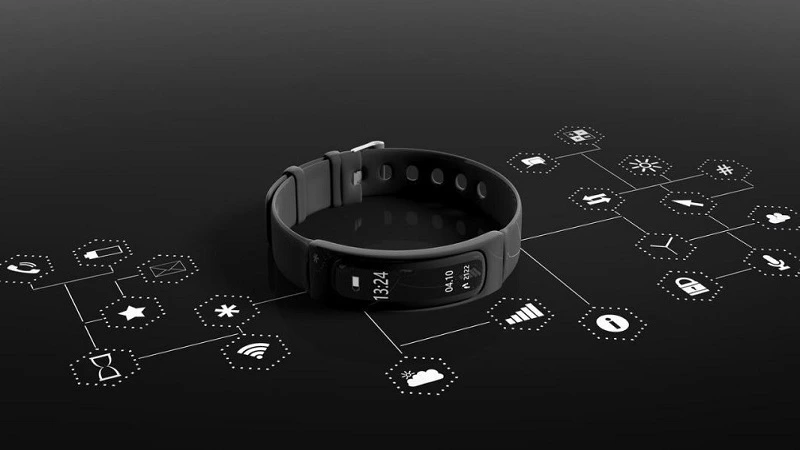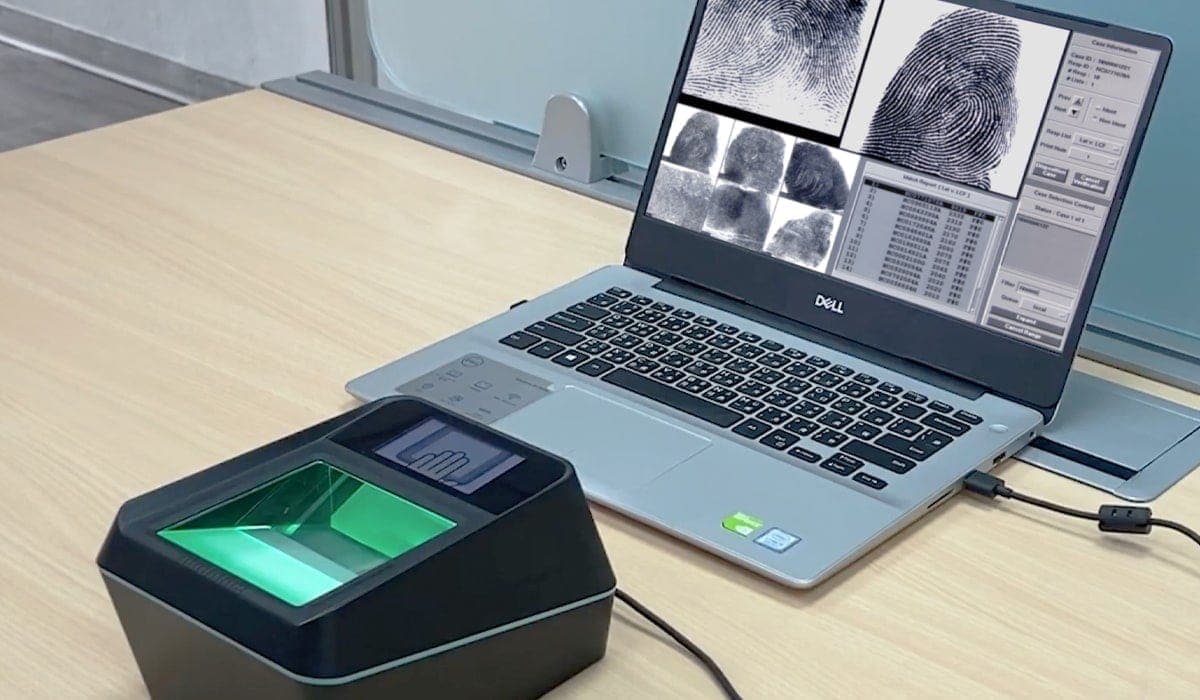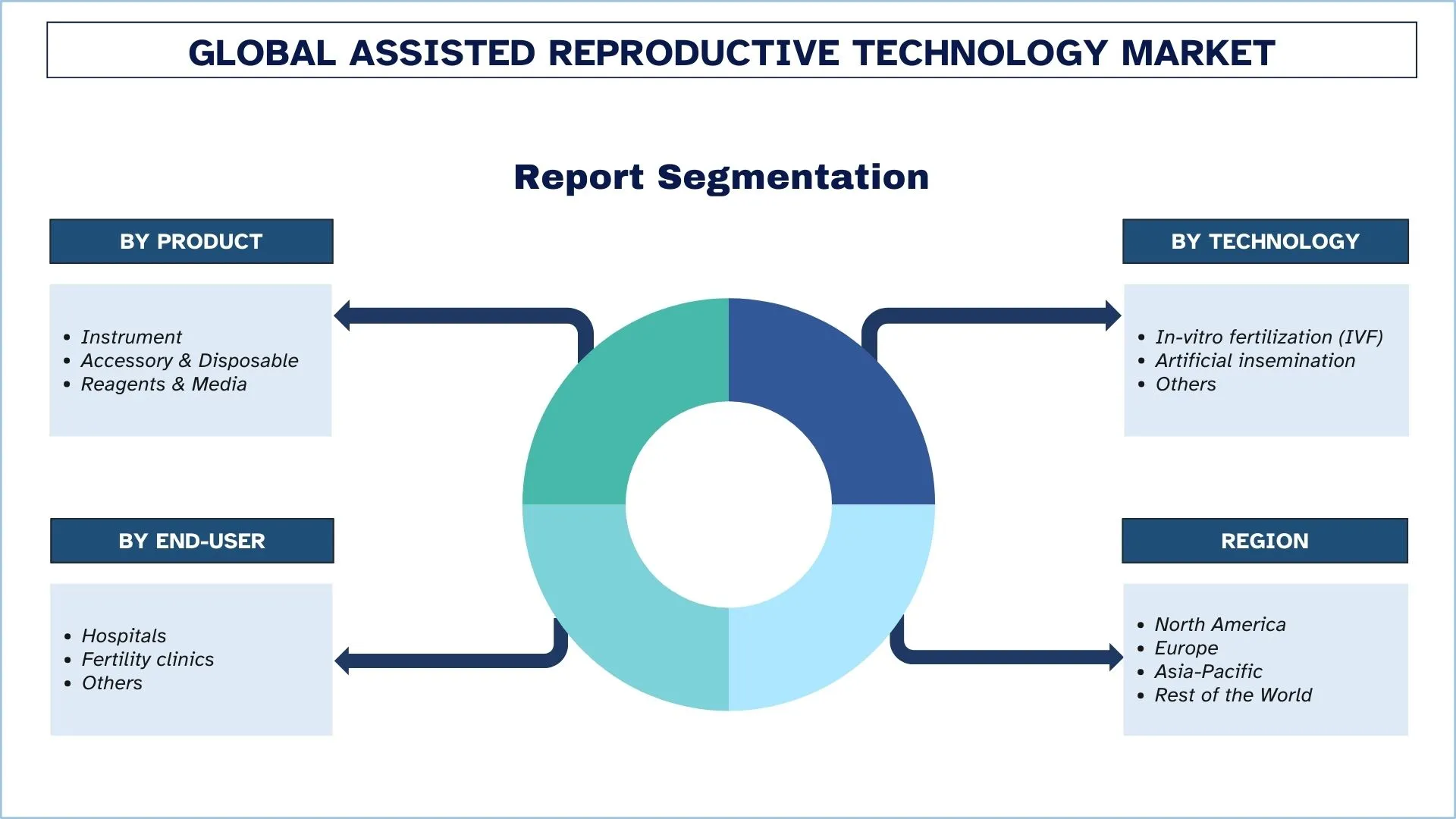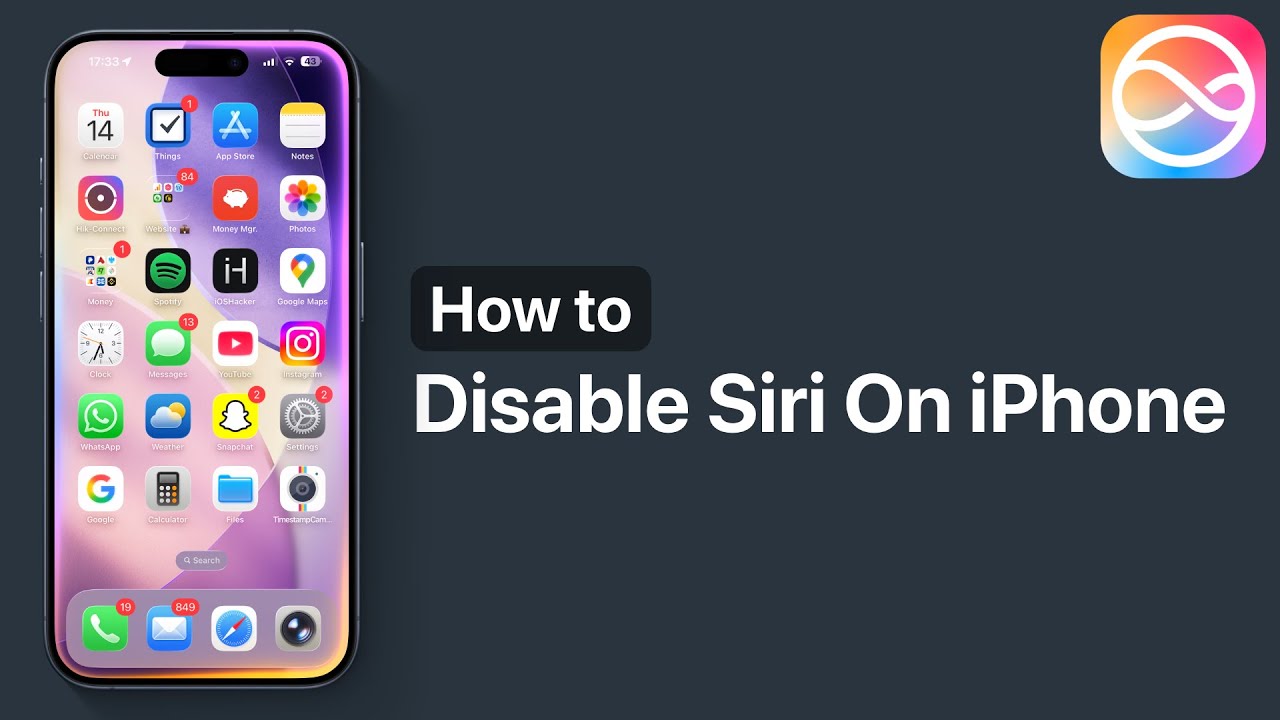In a world where technology wraps around our lives like a second skin, wearable devices are no longer just gadgets they’re gateways to smarter living. From smartwatches that whisper health alerts to augmented reality glasses that overlay digital worlds on reality, wearables are redefining how we track wellness, boost productivity, and connect with the future. But what makes these innovations truly transformative? Enter wearables FeedWorldTech, a dynamic platform dedicated to unpacking the latest in wearable technology. As we dive into 2025’s landscape, this article explores how these devices are evolving, why they’re essential for modern life, and the deep insights driving their growth.
The importance of wearables can’t be overstated. With global markets projected to surge past $150 billion by year’s end, they’re not just accessories; they’re tools for proactive health management, sustainable design, and seamless integration into daily routines. Platforms like wearables FeedWorldTech cut through the noise, offering curated news, reviews, and trends that help consumers and innovators stay ahead. Whether you’re a fitness enthusiast eyeing predictive analytics or a professional seeking AR-enhanced workflows, understanding these advancements empowers better choices. Let’s unpack the innovations shaping tomorrow, one strap at a time.
The Evolution of Wearable Technology: From Fitness Trackers to Lifelong Companions
Wearable technology has come a long way since the clunky pedometers of the early 2000s. Today, it’s a $84 billion industry in 2024 alone, with a compound annual growth rate (CAGR) of 13.6% through 2030. What started as simple step counters has blossomed into ecosystems of sensors, AI, and connectivity that monitor everything from heart rhythms to stress levels.
At its core, the evolution hinges on three pillars: miniaturization, intelligence, and personalization. Early devices like the Fitbit focused on basic metrics steps, calories, sleep. Now, advancements in biosensors and edge computing allow for real-time, medical-grade insights. For instance, non-invasive glucose monitoring, long a holy grail for diabetes management, is inching toward mainstream adoption in 2025, using optical sensors to track blood sugar without needles. This shift isn’t just technical; it’s cultural. Wearables FeedWorldTech highlights how these tools foster a “quantified self” mindset, where data becomes a dialogue between body and mind.
Deep insight: The real game-changer is predictive power. Gone are reactive alerts; modern wearables use generative AI to forecast issues like sleep apnea or irregular heartbeats before symptoms arise. Platforms like wearables FeedWorldTech emphasize this by aggregating user stories and expert analyses, showing how such foresight reduces healthcare costs by up to 30% through early interventions.
Key Innovations Driving Wearables in 2025
2025 marks a pivotal year for wearable innovation, with trends blending AI, sustainability, and human-centric design. Wearables FeedWorldTech has been at the forefront, spotlighting breakthroughs that make tech feel intuitive rather than intrusive.

AI-Powered Health and Wellness Coaching
Artificial intelligence is the beating heart of 2025 wearables. Devices now act as personal coaches, analyzing data patterns to deliver tailored advice. Take the Apple Watch Series 10: It uses AI for cycle tracking via body temperature shifts and even detects sleep apnea with 90% accuracy. Similarly, Garmin’s Instinct 3 integrates solar charging with AI-driven recovery scores, turning raw data into actionable wellness plans.
But the depth goes further. Generative AI enables conversational interfaces imagine your smart ring chatting about hydration needs based on sweat analysis. Wearables FeedWorldTech reports a 40% uptick in user engagement with these features, as they shift wearables from passive trackers to empathetic partners. Insight: This personalization addresses burnout; studies show AI-guided routines improve adherence to fitness goals by 25%, making long-term health sustainable.
The Rise of Smart Rings and Discreet Wearables
Smartwatches dominate, but 2025 belongs to subtlety. Smart rings like the Oura Ring 4 and Samsung Galaxy Ring are exploding, offering screenless tracking for sleep, heart rate variability (HRV), and recovery without wrist bulk. These devices prioritize comfort, with titanium builds and 7-day battery life, appealing to first-time buyers wary of flashy tech.
Wearables FeedWorldTech notes the market for smart rings could hit $12.6 billion by 2027, driven by their role in ambient computing—always-on monitoring without notifications. Deep dive: Their biosensors detect subtle shifts in autonomic nervous system activity, providing insights into stress resilience that wrist devices often miss. For professionals, this means discreet productivity boosts, like vibration cues for focus breaks.
Augmented Reality and Spatial Interfaces
AR wearables are bridging digital and physical realms. CES 2025 unveiled ultra-thin AR glasses from Xreal and Xiaomi, projecting navigation or messages directly into your view. Gesture controls replace taps, making interactions natural for immersive tasks like remote collaboration.
Innovation spotlight: Amazon’s “Amelia” AI glasses for delivery drivers exemplify workplace integration, overlaying route data to cut navigation time by 20%. Wearables FeedWorldTech predicts AR will dominate enterprise adoption, with 41% market growth in North America alone. Insight: These aren’t distractions; they’re enhancers, reducing cognitive load in high-stakes environments like surgery or logistics.
Sustainable and Modular Designs
Sustainability is no afterthought. 2025 wearables embrace modular components—swappable batteries, recyclable plastics and biodegradable materials to combat e-waste. WalkerFit’s M6 Ultra, for example, uses eco-friendly alloys while packing multi-sensor arrays for predictive health.
Wearables FeedWorldTech underscores how these designs extend device lifespans, aligning with consumer demands for ethical tech. Deep insight: Modular systems lower upgrade costs by 15-20%, democratizing access and fostering a circular economy in wearables.

Comparing Top Wearables of 2025: A Data-Driven Overview
To make sense of the options, here’s a comparison table of leading 2025 wearables, focusing on key specs, prices, and use cases. Data draws from industry reports and wearables FeedWorldTech reviews.
| Device | Type | Key Features | Battery Life | Price (USD) | Best For |
|---|---|---|---|---|---|
| Apple Watch Series 10 | Smartwatch | ECG, sleep apnea detection, AI coaching | 18 hours | $399 | All-day health tracking |
| Oura Ring 4 | Smart Ring | HRV, recovery scores, screenless | 7 days | $349 | Discreet sleep monitoring |
| Samsung Galaxy Ring | Smart Ring | Gesture controls, integration with phones | 7 days | $299 | Fitness and wellness |
| Garmin Instinct 3 | Smartwatch | Solar charging, AI recovery, GPS | 28 days | $449 | Outdoor adventures |
| Xreal One Pro | AR Glasses | Spatial AR, 120° FOV, lightweight | 4 hours | $599 | Productivity and navigation |
| WalkerFit M6 Ultra | Smartwatch | Predictive health, modular design | 10 days | $249 | Budget-conscious users |
This table highlights diversity: Rings for minimalism, watches for versatility, glasses for immersion. Prices reflect accessibility, with entry points under $300 enabling broader adoption.
Real-World Impact: How Wearables Are Transforming Health and Work
Beyond specs, wearables deliver tangible benefits. In healthcare, they’re revolutionizing chronic disease management. Devices like the Withings ScanWatch detect atrial fibrillation early, potentially saving lives through FDA-cleared ECG. Wearables FeedWorldTech shares case studies where users reduced hospital visits by 25% via continuous monitoring.
In the workplace, AR wearables enhance safety think factory sensors alerting to hazards. For remote teams, spatial interfaces enable holographic meetings, boosting collaboration by 35%. Insight: These tools address equity gaps; affordable options like Xiaomi’s AR glasses make advanced tech available in emerging markets, per wearables FeedWorldTech global reports.
Challenges persist privacy risks from data breaches and battery limitations—but innovations like edge AI (processing on-device) mitigate them, ensuring secure, efficient use.
For deeper dives, check StartUs Insights on wearable startups or TechInsights’ 2025 trends report.
Challenges and Ethical Considerations in Wearable Adoption
No revolution is flawless. Wearables raise thorny issues: Data privacy tops the list, with 70% of users concerned about breaches. Regulations like GDPR are evolving, but wearables FeedWorldTech advocates for user-owned data models to build trust.
Battery life and accuracy remain hurdles; while 5G boosts connectivity, it drains power faster. Ethically, accessibility matters premium features could widen digital divides. Insight: Transparent AI, as pushed by platforms like wearables FeedWorldTech, ensures innovations serve all, not just the affluent.
FAQ: Common Questions About Wearables FeedWorldTech Innovations
What are wearables Feed World Tech, and why should I care?
Wearables FeedWorldTech refers to the latest wearable tech covered by the FeedWorldTech platform, focusing on innovations like AI health coaches and AR interfaces. They’re important because they turn passive data into proactive life improvements, from preventing illnesses to streamlining work.
How accurate are 2025 wearables for health monitoring?
Most top devices, like Apple Watch ECG, boast 90-95% accuracy for vitals, validated by FDA clearances. However, they’re not medical substitutes consult professionals for diagnoses.
Are smart rings better than smartwatches?
It depends: Rings excel in discreet, long-battery tracking (e.g., sleep), while watches offer screens for quick interactions. Wearables FeedWorldTech recommends rings for minimalists.
What’s the future of AR in wearables?
AR glasses will dominate by 2030, enabling spatial computing for navigation and collaboration. Expect neural integrations for thought-controlled interfaces.
How do I choose a sustainable wearable?
Look for modular designs and recycled materials, like in the WalkerFit M6 Ultra. Check wearables FeedWorldTech reviews for eco-ratings.
Can wearables help with mental health?
Yes—AI analyzes stress via HRV, offering breathing prompts. Studies show 20% mood improvements with consistent use.
What’s the biggest challenge for wearable innovation?
Privacy and equity. Solutions like on-device processing are emerging, as highlighted in wearables FeedWorldTech analyses.
Wrapping Up: Strap In for a Smarter Tomorrow
Wearables in 2025 aren’t just tech—they’re extensions of our potential, blending AI smarts, discreet designs, and sustainable ethos to enhance health, work, and wonder. From smart rings whispering recovery tips to AR glasses mapping unseen paths, these innovations, as chronicled by wearables FeedWorldTech, promise a future where technology anticipates our needs.

